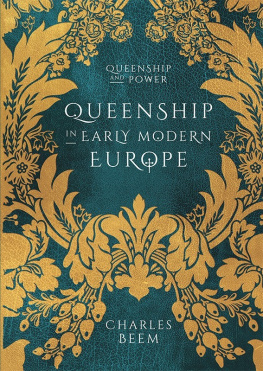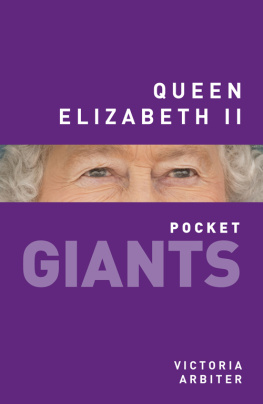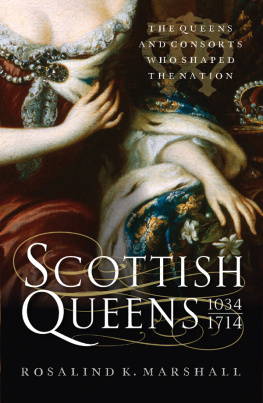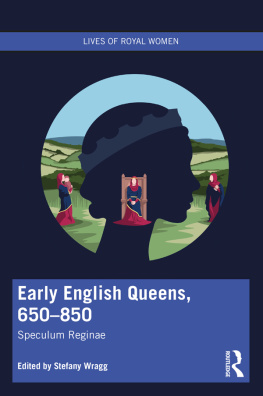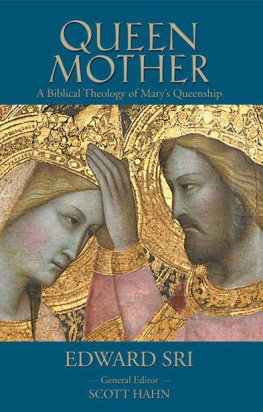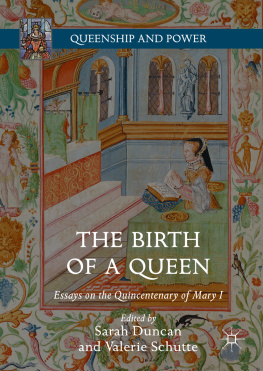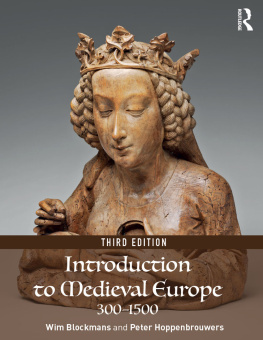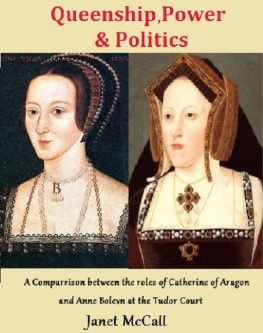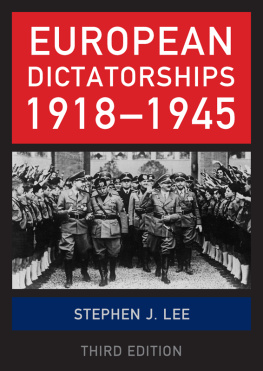Charles Beem, under exclusive licence to Springer Nature Limited 2020
All rights reserved. No reproduction, copy or transmission of this publication may be made without written permission.
No portion of this publication may be reproduced, copied or transmitted save with written permission or in accordance with the provisions of the Copyright, Designs and Patents Act 1988, or under the terms of any licence permitting limited copying issued by the Copyright Licensing Agency, Saffron House, 610 Kirby Street, London EC1N 8TS.
Any person who does any unauthorized act in relation to this publication may be liable to criminal prosecution and civil claims for damages.
The author has asserted his right to be identified as the author of this work in accordance with the Copyright, Designs and Patents Act 1988.
First published 2020 by
RED GLOBE PRESS
Red Globe Press in the UK is an imprint of Springer Nature Limited, registered in England, company number 785998, of 4 Crinan Street, London N1 9XW.
Red Globe Press is a registered trademark in the United States, the United Kingdom, Europe and other countries.
ISBN 9781137005083 hardback
ISBN 9781137005076 paperback
This book is printed on paper suitable for recycling and made from fully managed and sustained forest sources. Logging, pulping and manufacturing processes are expected to conform to the environmental regulations of the country of origin.
A catalogue record for this book is available from the British Library.
A catalog record for this book is available from the Library of Congress.
Contents
Acknowledgements
This volume was inspired in part by Theresa Earenfights Queenship in Medieval Europe(2013), which synthesized older scholarship with more recent feminist-inspired works to both identify and explain how royal women created the many forms of queenship that appeared across Europe over the course of the medieval millennium. As a survey, rather than a work of original scholarship, I have read countless books and articles in the research for this project. Accordingly, I wish to thank the staff of the Livermore Library at the University of North Carolina at Pembroke (UNC Pembroke) for all their assistance in the research of this book. I also wish to thank the staffs of the various libraries of North Carolina State University, who have also been so helpful in obtaining the resources needed for the researching of this volume. I am also much beholden to UNC Pembrokes Teaching and Learning Center for grants and academic leaves which made the writing of this book possible. I also wish to thank Charles Harrington and Kenneth Kitts, former UNC Pembroke provosts, for their support to this project. I am grateful to Carole Levin, Elaine Kruse, Elena Woodacre, Bruce Dehart, Anthony Johnson, and anonymous readers for Red Globe Press for reading and offering commentary on various drafts of my manuscript. Finally, I am much beholden to the many authors and contributors to the Queenship and Power book series, whose scholarship has provided me with so much insight in the writing of this book. As this work is a survey, the specialist must necessarily venture beyond their disciplinary comfort zone. In this context, I wish to acknowledge all errors, both factual and interpretive, that may exist in this volume.
NOTE ON NAMES
I have taken a common sense approach to the use of names in this book. The guiding rule is to assign the name most readily identified with a particular individual, i.e. Isabella and Ferdinand of Spain, rather than Isabel and Fernando, and Anne of Austria, rather than Anne dAutriche. But by the same rule I use the name Juana, rather than Joanna, for Isabella and Ferdinands eldest surviving daughter. Because of a plethora of Iberian queens named Isabella, I have termed Charles Vs consort as Isabel of Portugal simply to avoid confusion. I have also used Elisabeth, rather than Elizabeth, for various Spanish queens of French and Italian origin.
1 Introduction to Early Modern European Queenship
When we think of a queen, dressed in lavish robes, dripping in jewels, wearing a crown, and sitting on a throne, we often conjure up images of Europes early modern queens. At the beginning of this era was the formidable Isabella of Castile, who reigned jointly with her husband Ferdinand of Aragon, conquered the Spanish Muslims, and funded Christopher Columbuss initial voyage to the new world. Or, perhaps the most famous queen of all time, Elizabeth I of England, who reigned confidently as an unmarried virgin queen and gave her name to a particularly illustrious age of English history. More than any other queen in history, Elizabeths historical image has been perennially reproduced in countless popular histories, novels, and feature films.
Almost as famous was Elizabeths cousin and bte noire, Mary Queen of Scots, whose queenship has for centuries served as a historical counterpoint to Elizabeths allegedly much more successful reign.

